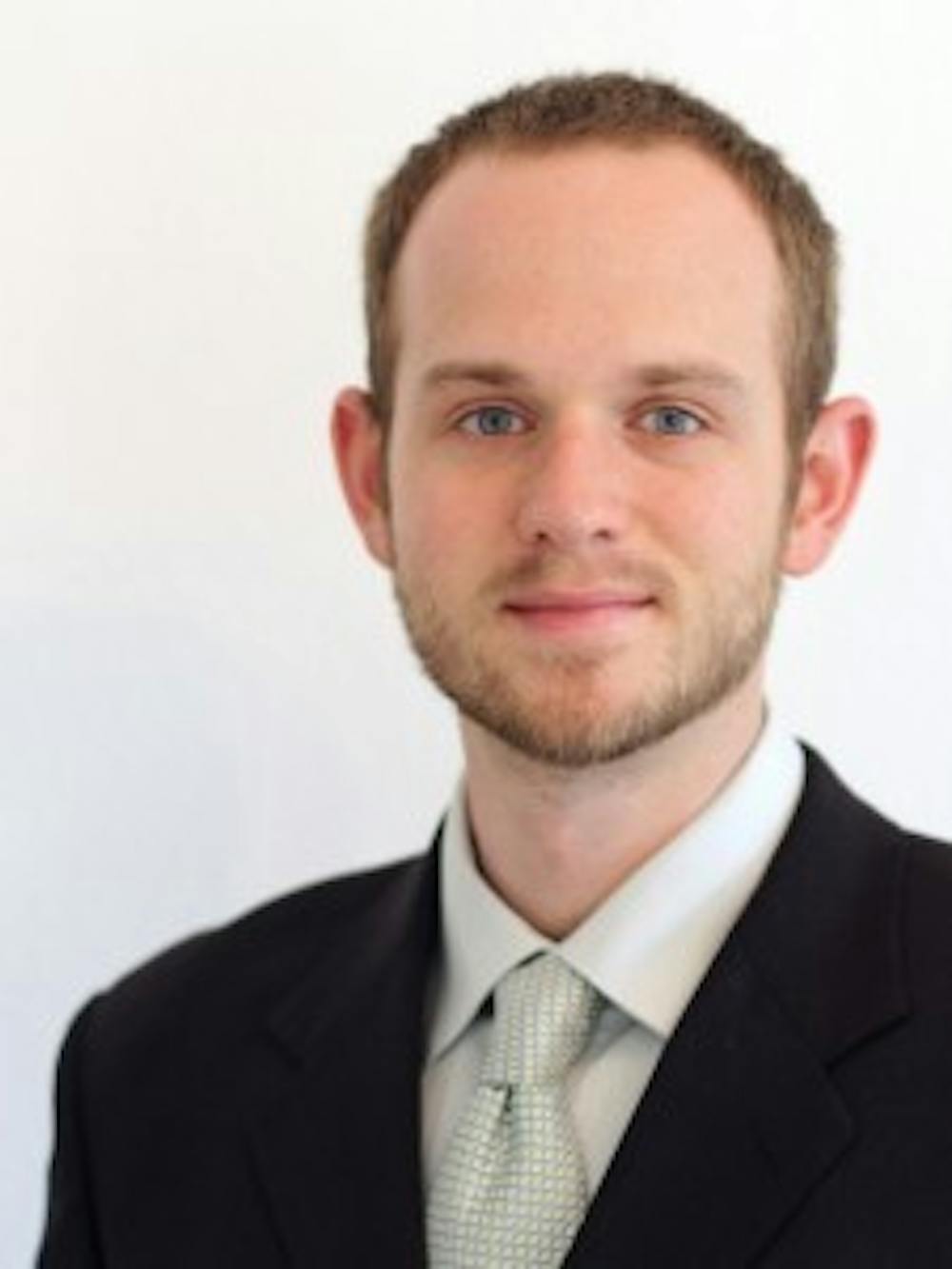The time it takes to charge a battery is one of the largest barriers towards implementing alternative energy-based devices into our lives. Assistant professor Morgan Stefik and his research group are actively working on trying to solve this problem. Stefik’s focus is on the advancement of a variety of energy devices such as batteries, capacitors and solar water-splitting. He and his group are attempting to accomplish this by synthesizing unique nanomaterials and tuning them to particular applications.
“There are materials that were just recently discovered to have strange behaviors like ultra-fast intercalation and we’d like to understand when that turns on, when that turns off and what are the fundamental mechanisms inside,” Stefik says. “Once you can do that, you understand where the sweet spot is to make the best battery possible.”
Intercalation is the process through which ions are inserted into a layered structure. One of the most commonly used examples of intercalation is the lithium-ion battery. Here lithium ions move from one electrode to the other when charging and in the reverse direction when the battery is being discharged.
One of the limitations of these batteries is that “if you start just throwing [lithium ions] at [the electrode] way too fast, [the lithium] piles up on the top and that turns into a spike, a metal spike, which then punches through the battery and forms a short circuit,” which would then cause the battery to blow up, Stefik said. Similar short circuits were the cause of fires with Samsung Galaxy Note 7 cell phones in October of 2016.
By probing into the fundamental mechanisms of newly discovered nanomaterials, Stefik hopes that his research will eventually enable ultrafast charging. Stefik compared the current state of gas and electric cars and how it can take hours to fully charge an electric car while it takes only minutes to fill up a gas tank. “If you could take that same electric car and pull up to the station and have it topped off in two minutes, then that would be a game-changer,” Stefik said. While multiple components of this battery still need to be sorted out, Stefik has high hopes.
Stefik began his research career as an undergraduate at California Polytechnic State University. He worked on several projects, including one for Lockheed Martin looking at radiation damage to plastics and his senior project where he made materials for solar cells.
Stefik recommends students interested in undergraduate research find some researchers that they believe are interesting and then carefully read their papers. This is a great way to get the ball rolling and show what an asset you could be in their lab.
For committed students, Stefik says, “we put in some type of training, give them lots of guidance, but they are actually producing more [results] than we could’ve without them … That tends to happen most when the projects are exciting, and fortunately we don’t have time for boring projects.”

